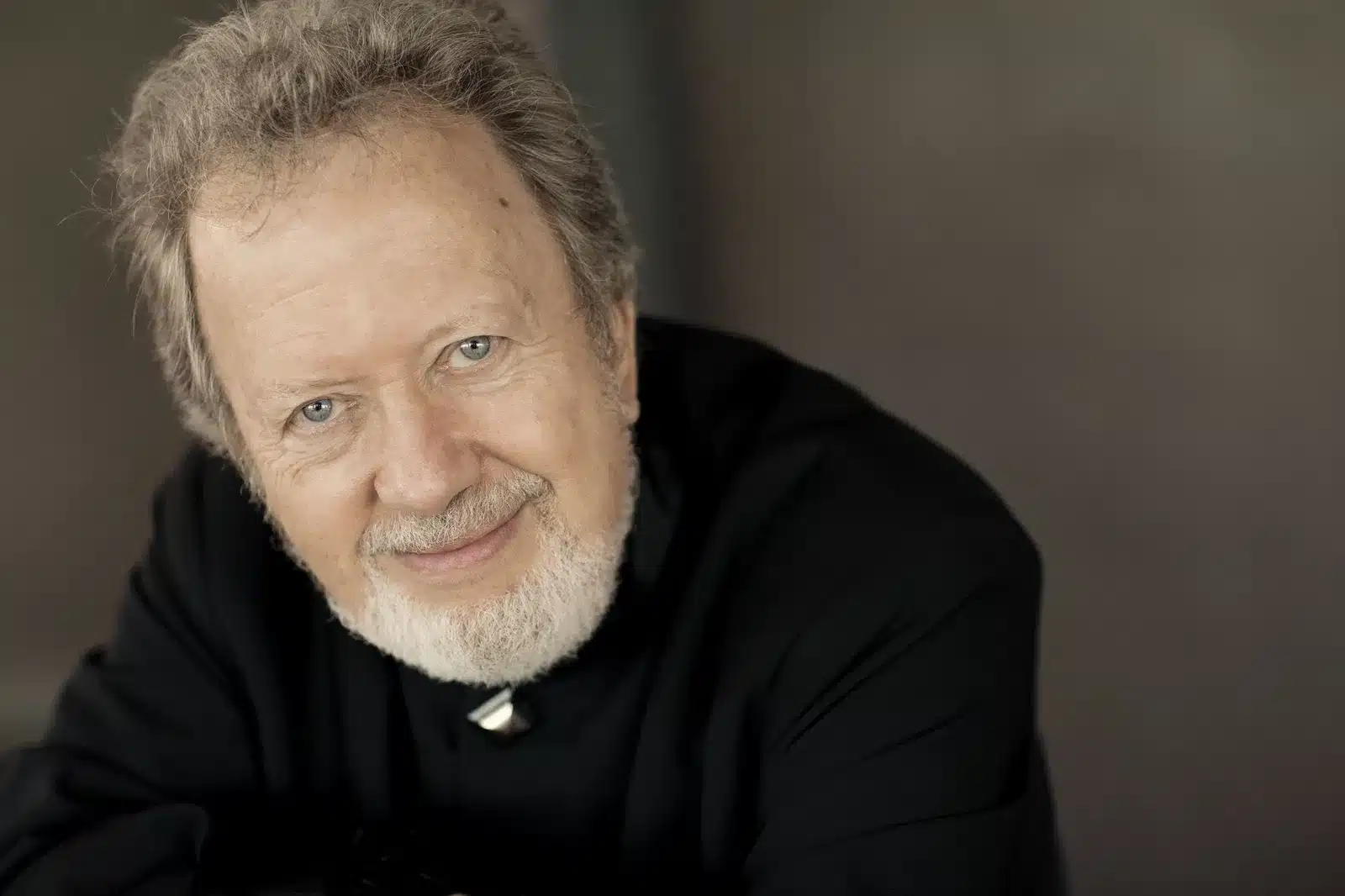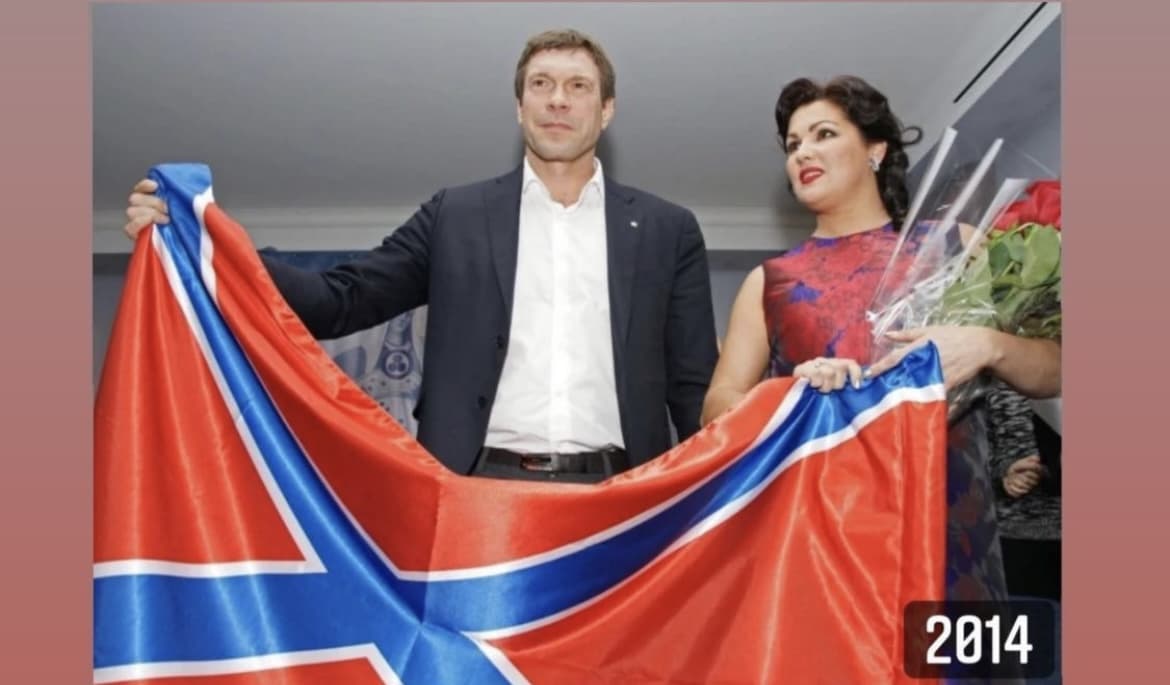How the new Köchel catalogue came in 24 years late
NewsCornell University has an enlightening interview with its emeritus professor Neal Zaslaw, 85, the man behind the updating of Mozart and his works…. only 24 years behind deadline.
When the contract for the new Köchel catalog was signed in 1993, Zaslaw and the publisher agreed to a reasonable deadline.
“The contract said that I would finish it in seven years,” Zaslaw said. “As the years grew into decades, I was still finding it ‘fun,’ but I began to wonder whether I would finish it before I died.”
Zaslaw was able to tap many new resources that previous Köchel editors lacked: the Internet, a rising generation of scholars willing to communicate and cooperate, and international projects that were inventorying libraries and archives that had never been fully cataloged.
But there was another vestige of tradition that stymied Zaslaw. The legacy of the Köchel itself.
“I consulted a lot of performers and librarians and archivists and scholars and publishers,” he said, “and they were basically saying, ‘You can’t change the numbers by which we know all of Mozart’s works. Mozart’s G minor symphony is Köchel listing 550. Do not assign a new number to that. It will create chaos.’”
Zaslaw came up with a crafty, albeit time-consuming, solution. The previous numbering system has been retained, but “chronological” has disappeared from the book’s title and Zaslaw devised an elaborate new index system for crediting sources.
Now, 24 years after it was initially promised, Zaslaw’s Köchel has arrived, and it is an “astounding relief,” he said….
More here.






Comments